Shall we go to the Opera?
To let people know more about China, in a difficult moment in which everyone is afraid of being infected and mistrust increases, we would like to describe the beauties of the Kunqu Opera.
We will tell its story and then you can enjoy a performance through the Internet.
Luckily, the digital world helps us to keep the strong friendship between Italy and China and amongst people.
Each Ccountry in the world has its own elegant and refined “Performing Art" which deeply expresses the spirit and heart of the nation. The Greeks have the ancient tragedy, the Italians the opera, the Russians the ballet and the British the Shakespeare’s plays. All these arts are a source of pride and are recognized internationally and even China has its own performing art that has thrilled millions of people for centuries.
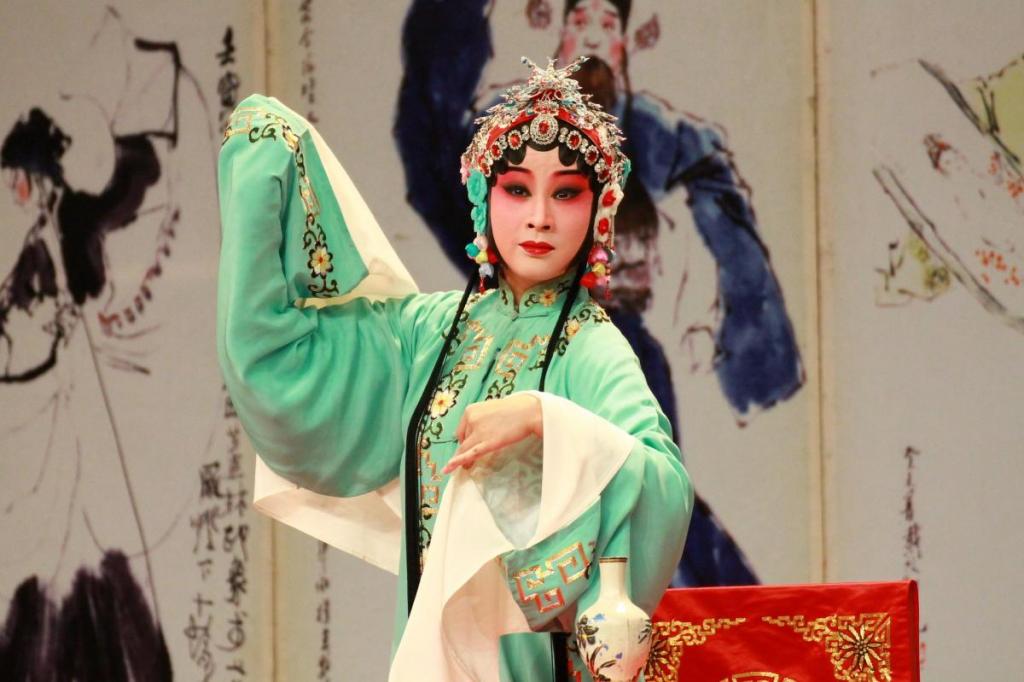
The Kūnqǔ Theater
The Kūnqǔ Theater is such a particular traditional Chinese Opera that in 2001 UNESCO has included it in the list of the Intangible Cultural Heritage of Humanity.
The word Kūnqǔ is the union of two terms and derives from "Kun" (i.e. Kunshan) the district of the current province of Jiangsu, and from "qu" which means music. It is one of the oldest forms of Chinese opera and has had far-reaching influences, not only on the evolution of Chinese theater, but also on literature, music and dance.
Kunqu has a history of over 600 years and the scripts are known for their refined, lyrical beauty; works such as Tang Xianzu’s “The Peony Pavilion” (1598) and Hong Sheng’s “The Palace of Eternal Youth” (1649) are regarded as masterpieces of Chinese literature and poetry. In performance, singing, recitation, movement, martial arts techniques, and acrobatic stunts are fused into a single dynamic, flowing, and harmonious performance.
Kunqu is far more than a form of Chinese musical drama: in fact, it is a combination of play, opera, ballet, poetry recital, and musical recital. It also draws on earlier forms of theatrical performances: mime, farce, acrobatics and ballad recital, some of which go back to the third century BC or even earlier. In the performance of Kunqu words, music and dance work simultaneously and in harmony.
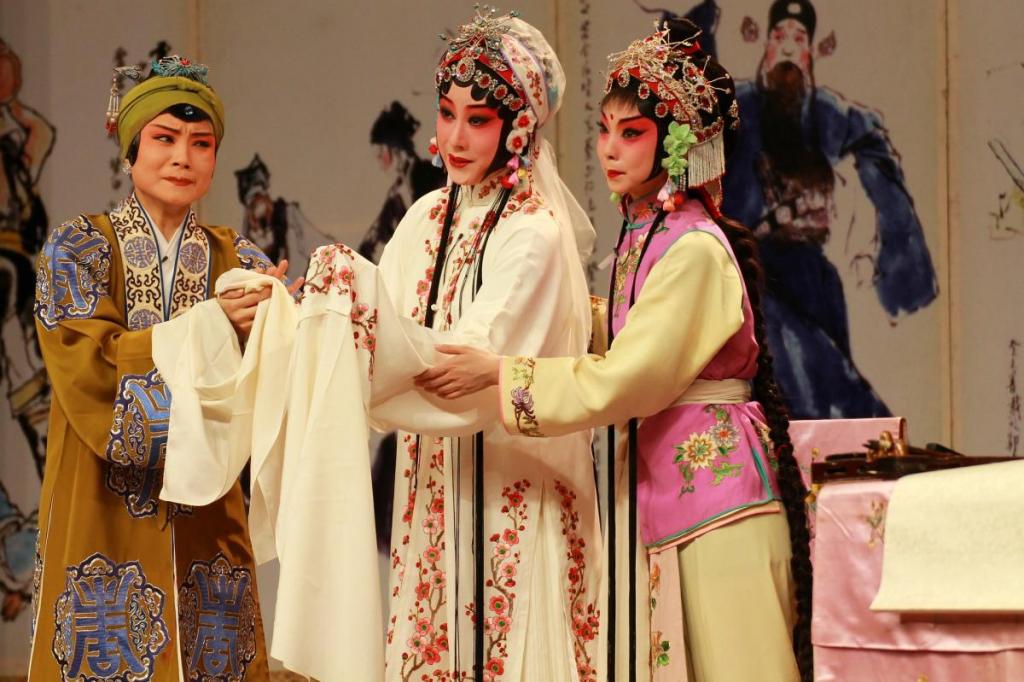
The language of Kunqu is not standard Mandarin, nor is the dialect of Kunshan: it is an artificial language, a modified Mandarin with some features of the local dialect.
The text and music are of two kinds, easily distinguished. On the one hand, there are “arias” that are sung and accompanied by the orchestra. These are elaborate poems of high literary quality. On the other hand, there are prose passages, that means monologues and dialogues, that are neither sung nor spoken but chanted.
Music is an essential element of the Kunqu, but contrary to what happens here in the West, the music is not composed specifically for the opera, but is chosen by the author within an existing and consolidated repertoire, according to particular conventions and texts are written in such a way as to adapt to a large number of melodies.
There is a delicate relation between words and tunes: Chinese is a tonal language, every word has a “melody,” as it were, and the musical air is superimposed on the word melody, without interfering with it.
In addition to music and words, there is the third element: dance movements. Dancing in the Kunqu Opera is different from Western ballet: the whole body is engaged in an intricate language of gestures and movements.
The meaning of some movements is immediately understandable even by non-expert spectators and makes it pleasant to follow the show, while other movements are stylized and follow conventional structures.
The movements involve not only the body but also the costume, especially the sleeves, and objects held in the hand by the performers, such the fans.
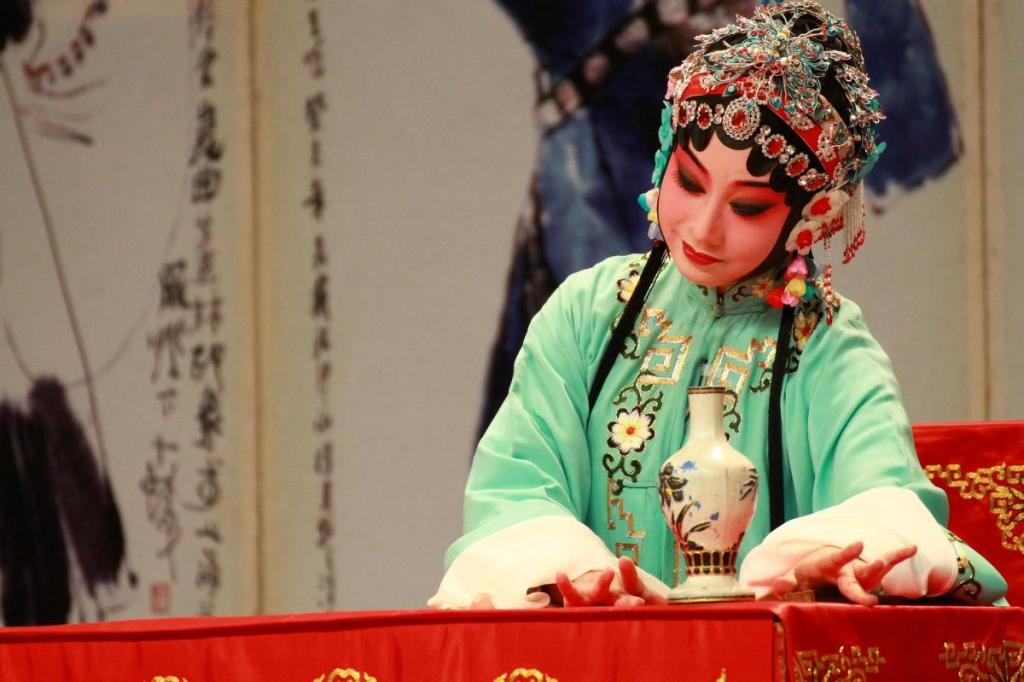
Even the costumes are very elaborate, they follow the conventions that have developed over the centuries and are not really realistic. For example, in historical plays, the costumes are not varied according to the period of the plot, but rather adapt and characterize the role of the character, especially from the point of view of social rank.
After all, this also appears in some representations of modern Italian lyrical works where directors / artists decide to give personal interpretations of the story by setting it in periods other than that of the original author.
The actors wear no masks, but do conspicuous face-painting, to indicate the role and the character. Even the scenography follows the conventions of the Chinese opera and is almost completely absent. On stage there are only a few real objects, such as a table and a chair, and symbolic objects that refer to various situations.
The characters of the stories are divided into various categories: Shēng (male roles), Dàn (female roles), Jìng (painted faces), Mò (old men) and Chǒu (clowns). And this too is a parallelism with Italian opera in which particular roles correspond to different voices in general.
Today the Kūnqǔ is still represented in seven of the major cities of China: Beijing, Shanghai, Suzhou, Nanjing, Chenzhou, Wenzhou and Hangzhou, as well as in Taipei.
Amateur companies are also active in many other cities, in China and abroad and we are sure it will have a bright future because in order to go into the future you must have solid roots in the past.
And soon we too will go back to China and try the experience of the Kunqu opera.



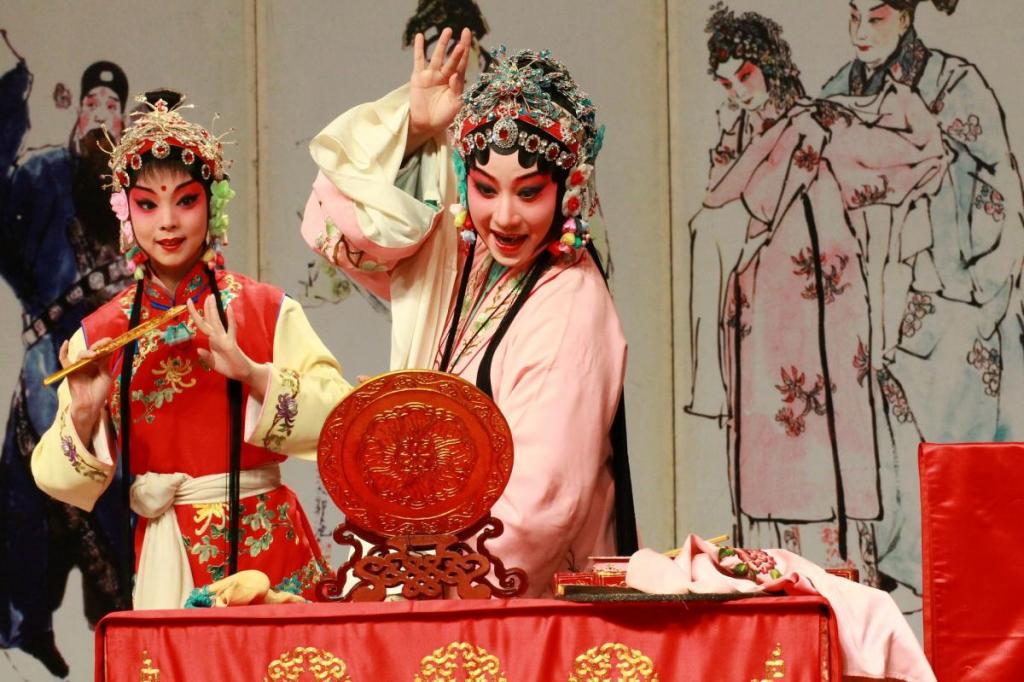




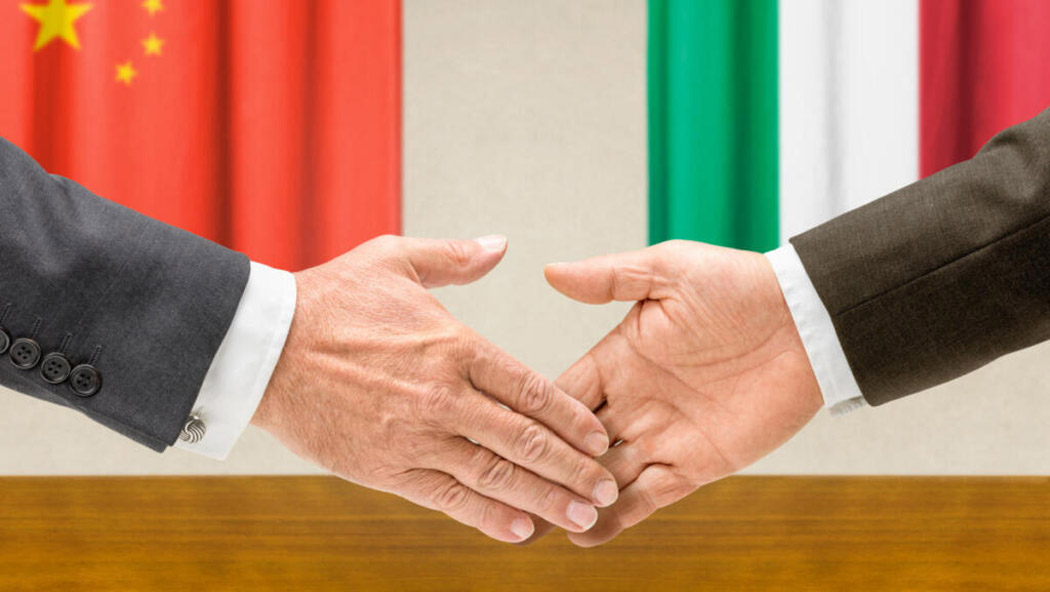

Follow us